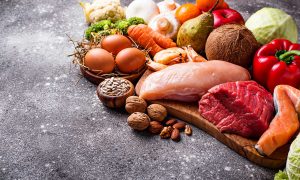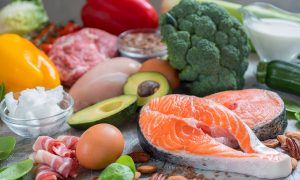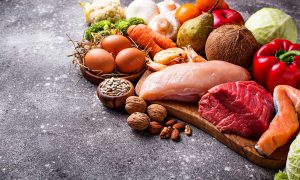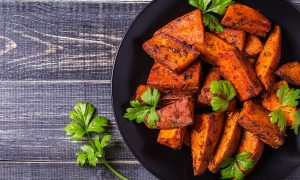Eat Like A Caveman And Train Like A Caveman With The Paleo Diet
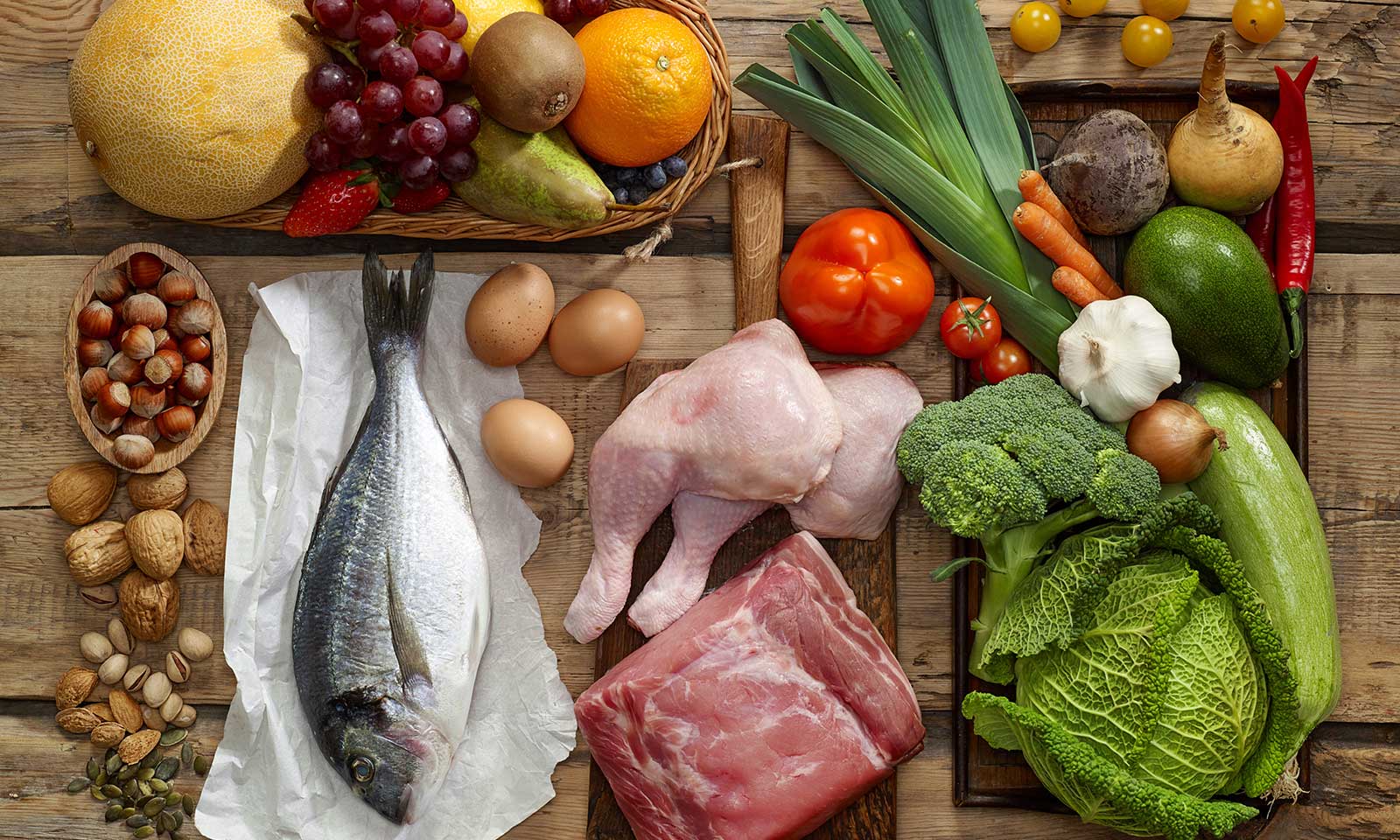
|
|
These days, it seems like there is literally a diet catered for everybody possible, including it seems, those that want to, for some bizarre reason, eat cotton wool! Yes, there really is a cotton wool diet out there which basically requires followers of the diet to eat cotton wool which swells up inside the stomach, keeping them feeling full for longer and therefore preventing overeating. It’s ridiculous isn’t it? But it’s true, just like there are slightly less extreme diets such as the ‘cabbage soup diet’, the ‘beer diet’ and the ‘chocolate diet’. We’re constantly obsessed with what we eat and drink yet the main reason for this isn’t for health reasons, it’s for weight reasons. We spend so much time obsessing over our weight and how much body fat that we’re carrying, that we make ourselves ill and drive ourselves crazy in the process. Diets however, should not be solely for losing fat, they should be about losing fat, maintaining a healthy weight, and enjoying optimal health and fitness in the process. Many diets however, don’t do that because a lot of them are based on extreme calorie deficits which force the body into starvation mode. One diet that has been grabbing headlines lately, for all of the right reasons, isn’t actually a diet at all, but rather a lifestyle, known as Paleo. Those that follow a Paleo lifestyle will follow what is called the paleo diet, though as mentioned, this diet is not based solely on weight loss at all, although when followed correctly, it can still help followers to drop down to a healthy weight. Here we’ll be taking an in-depth look at everything you need to know about the paleo diet and lifestyle, and how it can help you to look, perform, and feel, better than ever before.
Firstly, what is the paleo diet?

To truly describe what the paleo diet and lifestyle is all about, we need to travel back in time, way back in time in fact, back millions of years to the paleolithic era. Back in the paleolithic era, our caveman ancestors roamed the earth. Back then, there was no farming or agriculture, there were no processed grains, and there were no convenience and artificial junk foods. Instead there were only foods that could be hunted, found, or foraged. Basically, the paleo diet requires followers of the diet to eat a selection of foods very similar to those that cavemen would have consumed millions of years ago. Don’t worry, there are a few differences and of course the foods can be cooked and seasoned if so required, but, in simple terms, the paleo diet is a diet and way of eating that is very similar to that followed by cavemen all that time ago.
Why follow a paleo diet?
Ok, if you were to look at the physique of a Neanderthal caveman back from the paleolitic era, you’d see that their physique was lean, muscular, ripped, and powerful looking, with good muscle mass and definition, and barely an ounce of fat on it. That back then, was how pretty much all Neanderthals looked. Now, compare that with the physique of the average Joe today. Today, the average physique, is flabby, overweight, covered in blemishes, lacking definition and muscle mass, and just generally a mess if truth be told. We’re in the midst of an obesity epidemic so that pretty much sums up the average physique. Our health today is also suffering, due mainly to a myriad of preventable illnesses and diseases that are caused either by our diets, or by our weight, which is again down to our diet. Life expectancies are decreasing for the first time in history, and we’re a pretty unhealthy race if truth be told. But why have things deteriorated so much? Well, believe it or not, many experts believe that farming and agriculture are to blame.
Around 10,000 years ago, we human beings discovered agriculture and farming, and began planting and growing crops, processing them, and making them into other foods. All of a sudden, we didn’t have to spend hours on our feet, tracking and chasing food through the wilderness, we could instead plant seeds in the ground, or breed animals, and then sit on our butts waiting for the food to be ready. We evolved from hunter-gatherers to farmers, seemingly overnight.
But that’s a good thing right?
Well, it is, and it isn’t at the same time. If you look at people today, you’ll see more and more people suffering from food allergies and intolerances. Celiac disease from gluten intolerance for example, or lactose intolerance dairy, are two very common conditions which cause a whole variety of very unpleasant side effects for people of all ages, genders, shapes, and sizes. What do products containing gluten and lactose have in common? They all come from foods which were discovered as a result of farming. Experts believe one of the reasons why so many people suffer from food allergies and intolerances is because their bodies and their digestive systems have not yet fully evolved to be able to cope with these foods properly. Now, you’re probably thinking that 10,000 years is an incredibly long time, and you’d be correct, just not from an evolutionary standpoint. Whilst 10,000 years is a long time, several million years is much longer, which is how long we’ve been consuming foods commonly found on the paleo diet. We can adapt and evolve to pretty much anything, it just takes time to do so, and in the here and now, we don’t have time to overcome a gluten or lactose intolerance, or any other stubborn food allergy.
Which foods can be consumed on the diet?

So, now that we know a little about what the diet is, why it can be beneficial, and perhaps why many of us suffer with food allergies and intolerances, we now need to take a look at the types of foods that are allowed to be consumed on the diet. Here’s a list of some of the most popular, paleo-friendly foods and drinks currently available:
• Chicken
• Beef
• Pork
• Lamb
• Turkey
• Game
• Fish
• Seafood
• Vegetables
• Nuts
• Seeds
• Fruits
• Starchy vegetables such as sweet potatoes
• Coconut oil
• Olive oil
• Ground nut oil
• Water
• Plain tea or coffee
• A couple of eggs per day
• Some dairy
Paleo diet guidelines and tips

With all of the above, it can be quite a lot to have to take in, so to help break things down and make the diet and lifestyle much easier for you, take a look at these paleo diet guidelines and tips:
Don’t fear the fat – The fats you consume on this diet will be healthy and all natural, meaning they’re very good for you. Consume healthy fats such as avocados, coconut oil, butter from grass-fed cattle, olive oil etc, and don’t hold back.
Don’t fear getting fat – Though it is not exactly a low-carb diet, many of the foods on the diet are low in carbs, which can help push your body into a state of ketosis so that it burns body fat for energy. The main reason why the diet is so effective at weight loss/management however, is that the fats are healthy and so are used by the body in a different way, plus the foods are very filling so you don’t overeat.
Know what a paleo diet is all about – A typical paleo diet contains high fats, moderate protein, and a moderate to low amount of carbohydrates, it is similar to the keto diet, though there are of course differences.
Be wary of carbs – Though it isn’t a strictly zero carb diet like the atkins, as you’re eating a lot of fat, albeit healthy fat, you still need to monitor your carb consumption, because too many carbs along with too much fat, will result in weight gain. Be wary of too many fruits as they naturally contain fructose sugars, and if you’re trying to lose weight quicker, it may be wise to cut fruits out altogether, and instead get your vitamins and minerals from vegetables instead.
Opt for grass-fed meat if possible – If you can’t find/afford grass-fed meat, it isn’t the end of the world, but if possible, try to go with grass-fed meat rather than grain fed.
Typical paleo-inspired meals

Before we wrap things up, let’s first take a look at a few examples of some typical paleo-friendly meals you can expect to enjoy on the diet, whilst improving your health and still losing weight at the same time:
– Grilled sirloin steak, sweet potato fries, and asparagus
– Mixed vegetable and meat omelette
– Grilled salmon with spinach and crushed root vegetables
– Chicken salad
– Smoked salmon, avocado, and scrambled eggs
– 100% pork sausages with broccoli and cauliflower puree

